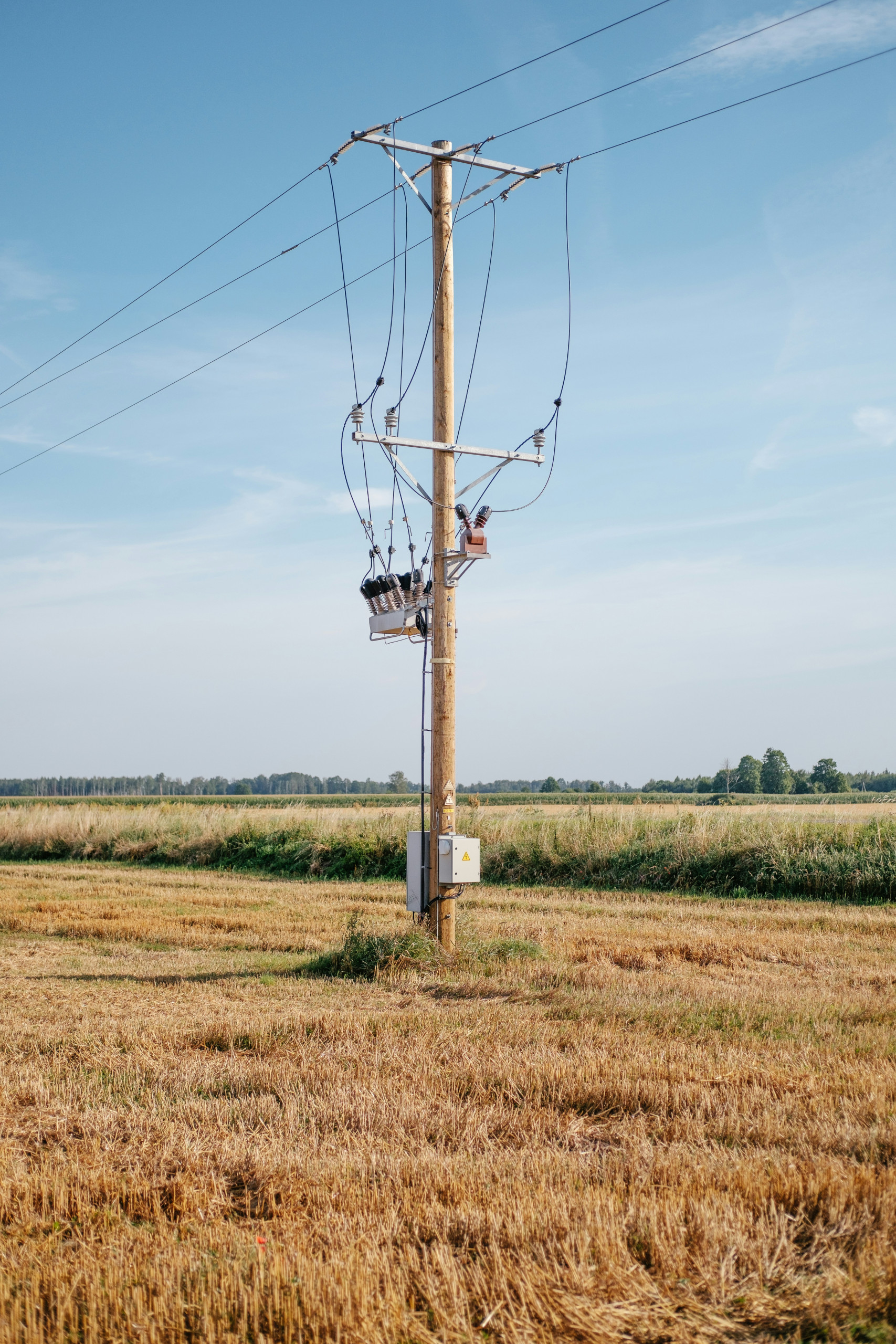In the world of power tools, the importance of selecting the right battery voltage for cordless die grinders cannot be overstated. Whether you’re a professional tradesperson or a passionate DIY enthusiast, the performance of your cordless die grinder relies heavily on the voltage of its battery. From tackling tough material removal tasks to delivering optimal speed and power, the right battery voltage can make all the difference. In this article, we will explore the various factors to consider when choosing the ideal battery voltage for your cordless die grinder, ensuring that you can achieve the best results with every use.

Understanding Cordless Die Grinders
What is a Cordless Die Grinder?
A cordless die grinder is a handheld power tool that is used for grinding, sanding, polishing, and cutting various materials. It is similar to a traditional die grinder, but it does not require a cord or power outlet to operate. Instead, it is powered by a rechargeable battery, providing you with greater mobility and flexibility in your work.
Why Should You Consider a Cordless Die Grinder?
There are several reasons why you should consider using a cordless die grinder. Firstly, the cordless design eliminates the need for a power outlet, allowing you to work in remote or hard-to-reach areas without the hassle of cords. This makes it ideal for construction sites, automotive repairs, and other outdoor applications.
Additionally, cordless die grinders offer greater flexibility and maneuverability compared to their corded counterparts. You can easily move around and work from different angles without being limited by the length of the cord. This can significantly enhance your productivity and efficiency.
Furthermore, cordless die grinders are generally more lightweight and compact, making them easier to handle and control. They are also quieter compared to corded grinders, reducing noise pollution and improving the overall working environment.
Overall, a cordless die grinder provides convenience, portability, and versatility, making it a valuable addition to your toolbox.
Advantages and Disadvantages of Cordless Die Grinders
Like any power tool, cordless die grinders have their own set of advantages and disadvantages. Let’s explore them in more detail:
Advantages:
- Portability and mobility: Cordless die grinders can be used anywhere without the need for a power outlet, allowing for greater freedom of movement.
- Convenience: No cords means no tangled wires to deal with, making setup and cleanup a breeze.
- Improved maneuverability: Without a cord to limit your range of motion, you can easily work in tight spaces and awkward angles.
- Quieter operation: Cordless die grinders are generally quieter compared to corded models, reducing noise pollution and operator fatigue.
Disadvantages:
- Limited runtime: Cordless grinders rely on battery power, which means they have a limited runtime before the battery needs to be recharged or replaced.
- Less power: Cordless die grinders may not provide as much power as their corded counterparts, which can affect performance in certain applications.
- Battery weight: The battery adds extra weight to the tool, which can impact user comfort during prolonged use.
- Higher cost: Cordless die grinders are typically more expensive than corded models due to the added technology and battery.
Despite these disadvantages, cordless die grinders continue to gain popularity among professionals and DIY enthusiasts for their convenience and versatility. With advancements in battery technology, the limitations of cordless grinders are constantly being minimized.
Importance of Battery Voltage
Understanding Battery Voltage
Battery voltage is a critical factor to consider when selecting a cordless die grinder. It determines the power output and performance capabilities of the tool. Voltage is measured in volts (V), and cordless die grinders are available in a range of voltage options, such as 12V, 18V, 20V, 36V, and 40V.
Impact of Battery Voltage on Performance
The battery voltage directly affects the power and performance of the cordless die grinder. Higher voltage generally translates to more power output, allowing the tool to handle tougher materials and more demanding applications. On the other hand, lower voltage models may struggle with heavy-duty tasks and may not deliver the desired results.
Battery voltage also influences the speed and RPM (revolutions per minute) of the grinder. Higher voltage models typically have higher RPM, which can result in faster material removal and smoother finishes.
Considerations for Selecting the Right Battery Voltage
When selecting the right battery voltage for your cordless die grinder, several factors come into play:
Application and Intended Use
Consider the type of projects and tasks you will be using the grinder for. If you mainly work on light-duty applications, a lower voltage option like 12V or 18V may suffice. However, if you frequently tackle heavy-duty tasks, such as metal fabrication or heavy material removal, a higher voltage model like 36V or 40V would be more suitable.
Power and Torque Requirements
Evaluate the power and torque requirements of your applications. If you need more power to cut through tough materials or achieve faster material removal, a higher voltage model would be advantageous. However, if you primarily work with softer materials or require more precision, a lower voltage option may be sufficient.
Battery Life and Runtime
Consider the battery life and runtime of the different voltage options. Higher voltage models may consume more power and have shorter battery life, requiring more frequent recharging. Assess your work patterns and determine how long you typically use the grinder before needing to recharge. If you work on long projects or in locations without easy access to charging stations, a lower voltage option with longer battery life may be preferable.
Weight and Portability
Keep in mind the weight and portability of the grinder. Higher voltage models often have larger, heavier batteries, which can impact the overall weight and ergonomics of the tool. If you prioritize portability and comfortable handling, a lower voltage model may be more suitable.
Cost and Value for Money
Consider your budget and the overall value for money. Higher voltage models tend to be more expensive due to the advanced technology and larger batteries. Assess your needs and budget to determine the best balance between performance and affordability.
By considering these factors, you can select the right battery voltage that aligns with your specific requirements and ensures optimal performance from your cordless die grinder.
Continued…




